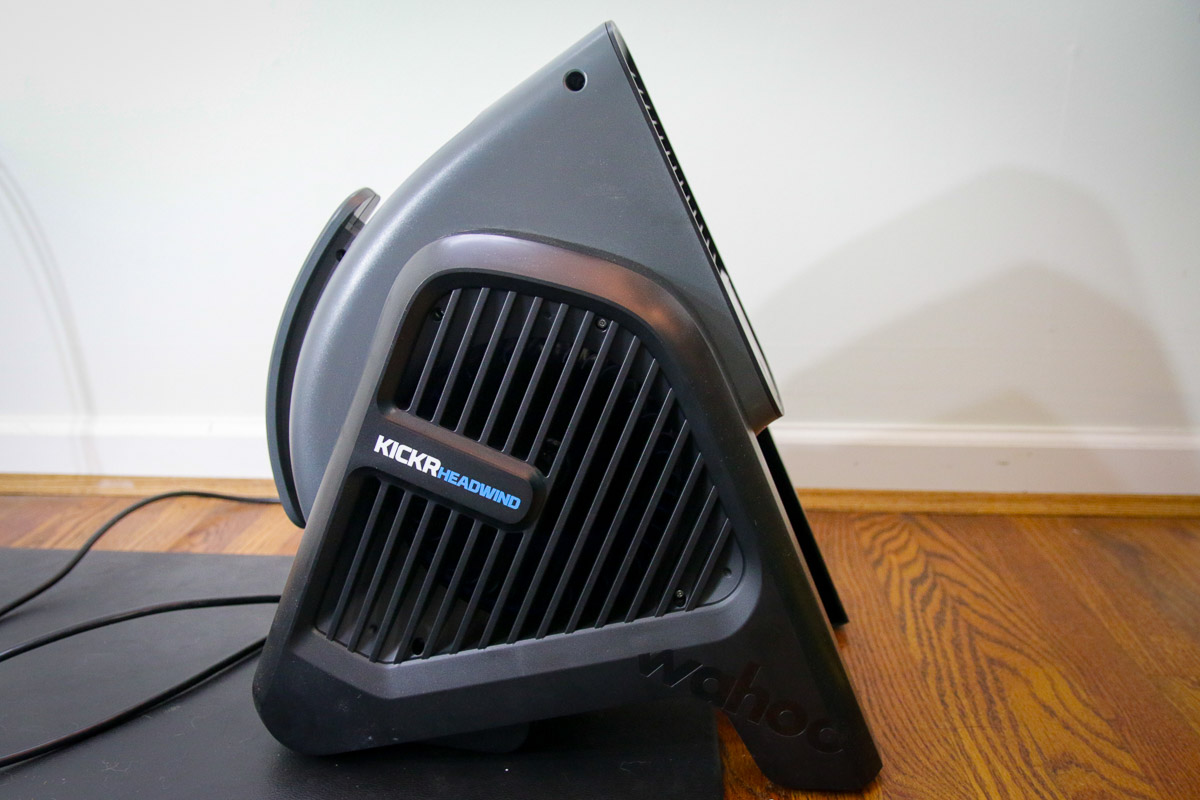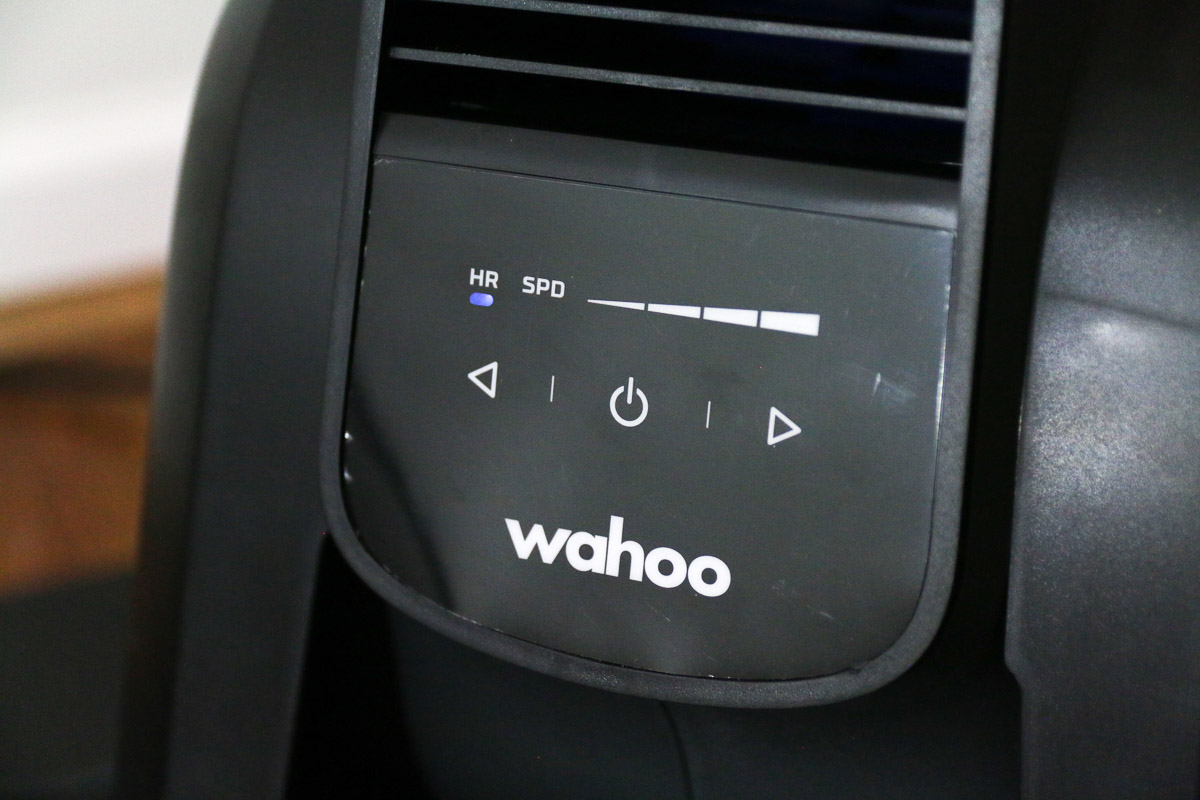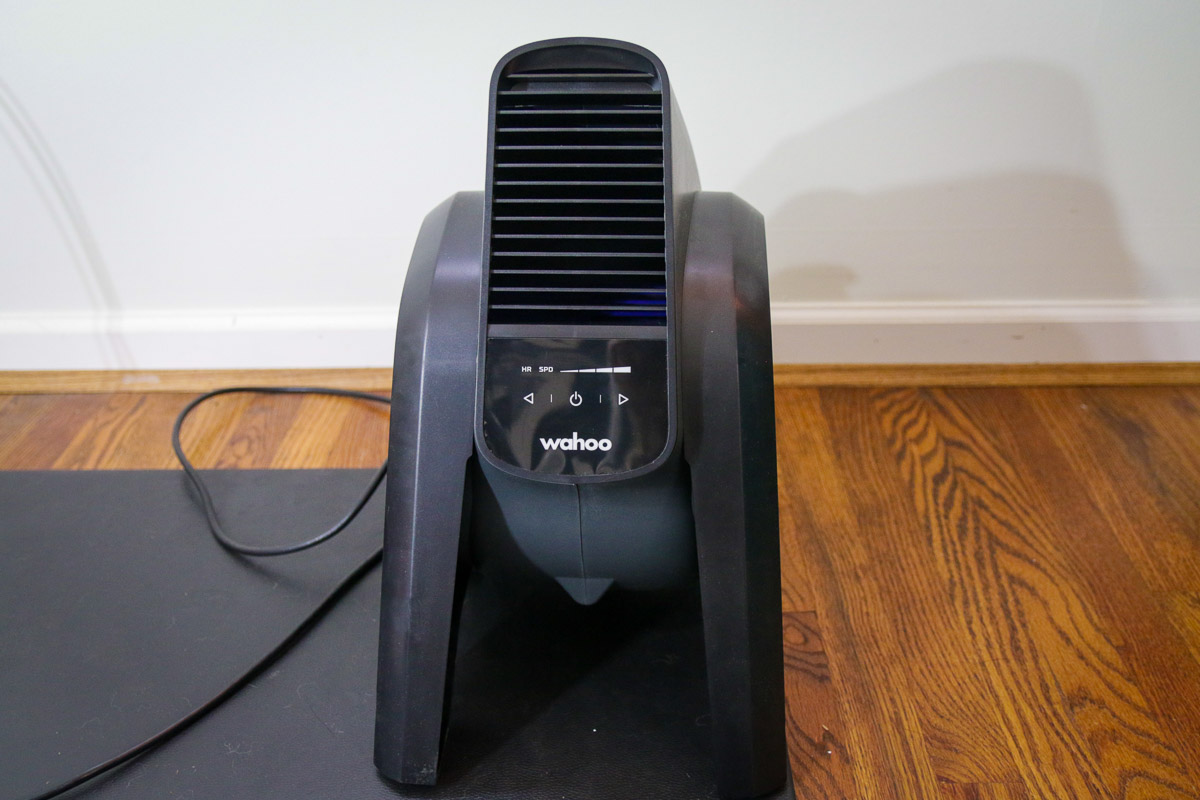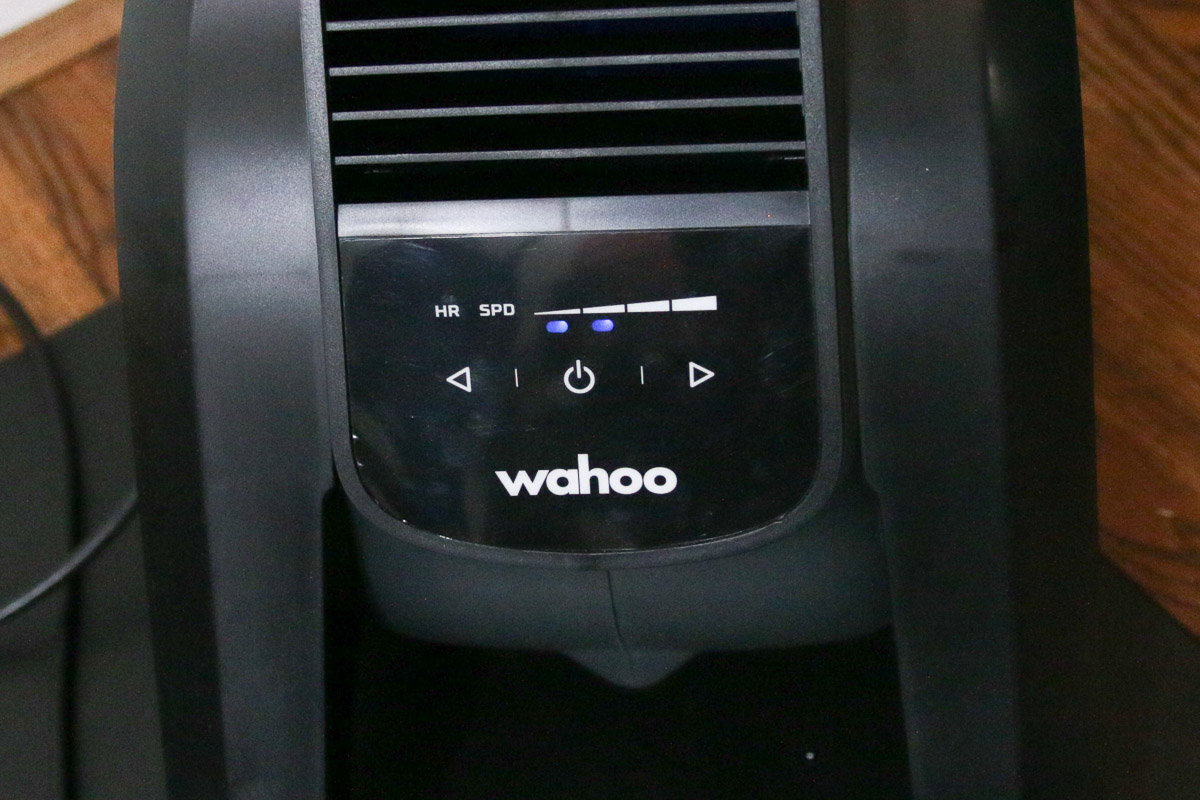We know, there’s no such thing as a stupid question. But there are some questions you might not want to ask your local shop or riding buddies. AASQ is our weekly series where we get to the bottom of your questions – serious or otherwise. Hit the link at the bottom of the post to submit your own question!

Of all the products we’ve gotten in for review over the years, a heart rate-controlled fan is not something I would have ever expected. But not surprisingly, the Wahoo KICKR Headwind is pretty awesome – but its first few uses got me thinking. It seemed that after a hard workout, I seemed to be sweating less when the fan was on heart rate-control rather than speed, even though I was doing a harder workout – which begs the question, “am I getting less of a workout, or just sweating less?”

Basically, in addition to the standard low, medium, high, and turbo settings, you can also use the fan’s ANT+ connection to pair with a speed sensor or heart rate monitor. When paired with the speed sensor, it simulates the wind speed based on your pedaling speed, but it only works when you’re pedaling – not if you’re in a super tuck coasting down a mountain in Zwift. On heart rate control, the Headwind speeds up along with your heart rate. This seems to be the most effective setting in terms of cooling and keeping yourself comfortable, but it also seems to lead to less sweating.
That led me to wonder if it was actually better to not have such an efficient fan. If you’re not sweating as much, are you getting as good of a workout? Most of us aren’t riding the trainer for fun, so if you’re trying to maximize your time on the trainer, this seemed like a question worth answering from someone much smarter in terms of exercise science than myself.
To get the answer, I asked Wahoo if they knew anyone that would be the right person to ask, and they directed me to Taylor Thomas, the Founder and a coach at Thomas Endurance Coaching. My main questions were, “is it better to be hotter during a workout? And how does a fan affect how hard your body is actually working?” Taylor’s answer is below:
Taylor: Below are a few key points/takeaways related to the role of heat in training. A fan during indoor efforts would be the key component that would dramatically reduce/limit these negatives, as there’s no evaporative cooling from the wind on a stationary trainer.
– Elevated temperatures cause an increase in an athlete’s heart rate, reduce blood flow, increase sweat rate, reduce O2 availability, as well as produce a heightened RPE (Rate of Perceived Exertion).
– Increased fluid loss (Sweat) from high heat, can have severe impacts on performance. With as little as a 2% decrease in overall body weight from fluid loss, a 4-6% decrease in performance can be experienced.
– Temperatures between 60-75° F can see an increase in as much as 2-4 BPM, and 75-90° F can see upwards of 10 BPM. This has a dramatic impact on both RPE, as well as the body’s ability to perform at its peak.
– When you sweat your blood volume decreases, less blood returns to your heart, less oxygen-rich blood reaches your working muscles, and you produce less energy aerobically. As it gets hotter this effect is exaggerated because the greater the amount of heat that needs to be dissipated, the greater the proportion of blood diverted to the skin. When oxygen is redirected via blood flow to your skin instead of your muscles, you have less energy to use for exercise, and your heart and lungs must work harder to compensate for the loss in oxygen.
All of these issues can be mitigated by using a fan during indoor training. That helps not only keep the room cooler, but also helps to control sweat rate and body temperature.
To touch on your specific questions, heat is not a tool that helps makes workouts or training better. In my research or experience there’s no greater fat oxidation, or efficiency gains due to the heat. In most cases it only serves to negatively impact training in some way.


Based on Taylor’s response, and the fact that the KICKR Headwind seems to work so well to keep me more comfortable on the trainer, it’s a safe bet that the Headwind will have a permanent home in front of my trainer. Do you need a $250 smart fan to cool you down during your workouts? Absolutely not. But the innovative control features, compact size, and impressive amount of airflow make it very desirable. It really does cool you better than your average fan, and does so in a way that is based on your physical exertion. At this point, I haven’t tried anything else like it. The only caveat so far has been a slight clicking noise at slow speeds that was just loud enough to be annoying. Wahoo swapped out the fans, and the new version is silent. So there might be a few bugs in the first batch, but like all of their products, Wahoo stands behind it.
Got a question of your own? Click here to use the AASQ form, or find the link under the Contact menu header up top anytime a question pops into your mind!
